The beautiful and mysterious countries of Eastern and Middle Europe have become much more popular in recent years as tourist and travelers have overcome their unjustified fear of many Eastern European countries. Sadly, for years, there were rumorous circulating that venturing into beautiful countries like Ukraine, Moldova, or even Hungary was dangerous. In spite of recent openness to tourism and improvements in facilities, transport and general conditions of the countries, some of these beautiful countries remain rarely visited. From this reason, we are going to remove the veil of mystery for one of the most beautiful countries in Europe, Romania.
Romania is the world’s fastest-growing travel destination for the British, but it is still one of the least visited countries in Europe. This is changing because Romania has everything that appeals to seasoned travelers: access to the Black Sea, incredible mountain peaks, treasures of nature and extraordinary monuments. Also, there are no tiring crowds, so a trip to Dracula's homeland will be more enjoyable than many more-popular European destinations. Here are ten unique places that are worth seeing.
Castelul Corvinilor (Corvins' Castle)
-6626.jpg)
Castelul Corvinilor is considered the most beautiful gothic castle in Central Europe. The residence belonged to several significant Hungarian families (Hunyady, Korwin, Bethlen, Apafi, Thokoly, and others), currently owned by the Romanian government. The impressive stronghold has a rather complicated architecture: the main courtyard is surrounded by several interconnected buildings, including a gothic palace with a magnificent Knight's Room, utility rooms and rooms for servants, and a chapel with an adjacent small courtyard with a well. The whole structure includes walls flanked by several bastions and towers. There will be no bored adults or children. One of the biggest attraction of this place is the possibility to look for ghosts, princesses and treasures in the nooks and crannies of the castle.
Romanian Carpathians (Carpathian Mountains)
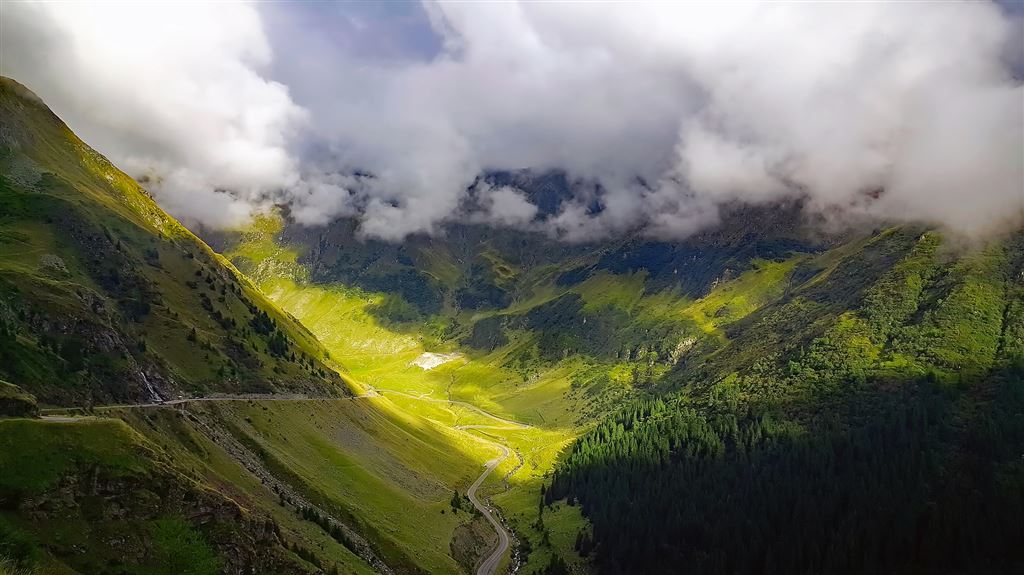
Consisting of several dozens of mountain ranges and massifs, Carpathian Mountains are indeed a mecca for hikers, ethnography lovers, photographers, and naturalists. However, it must be remembered that these are demanding mountains for walking. You must have appropriate experience, excellent site skills, good health, perseverance, and imagination. Here you will find all types of landscapes from forested "Beskid" ridges to vast meadows, and karst plateaus to mountains with an almost alpine sculpture. You will also find numerous morphological and geological points of interest: cavernous gorges, boulders, ice caves, andesite columns, cliffs, rock gates, salt walls, fanciful rock outcrops, and active mud volcanoes. You will also encounter here, already forgotten in other parts of Europe, live pastoral culture and villages where time stopped many years ago. You can walk the Romanian Carpathians for many years and still leave them with an unsatisfied feeling.
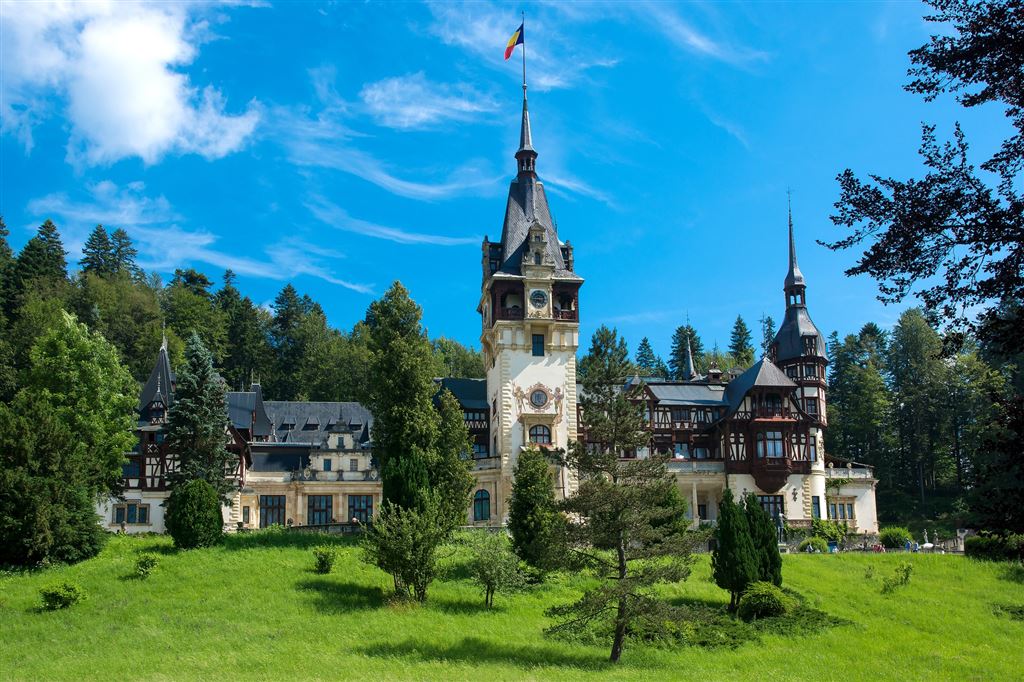 Peles Castle in the Carpathian Mountains
Peles Castle in the Carpathian Mountains
Peasant Castles
The turbulent history of Transylvania and the constant threat of invasions, in which residents had to live, caused this region of Romania to be home for various defensive structures. One of the most original is the so-called peasant castles - strongholds erected by the people (sometimes based on a purchased aristocratic residence), consisting of fortifications extended over time, hidden living spaces, cellars and basements, wells and other essential community objects (often also a chapel and school). Only a few of these unique fortresses have survived to this day. The most interesting are in the villages of Rasnov, Rupea, and Calnic.
Biertan Fortified Church
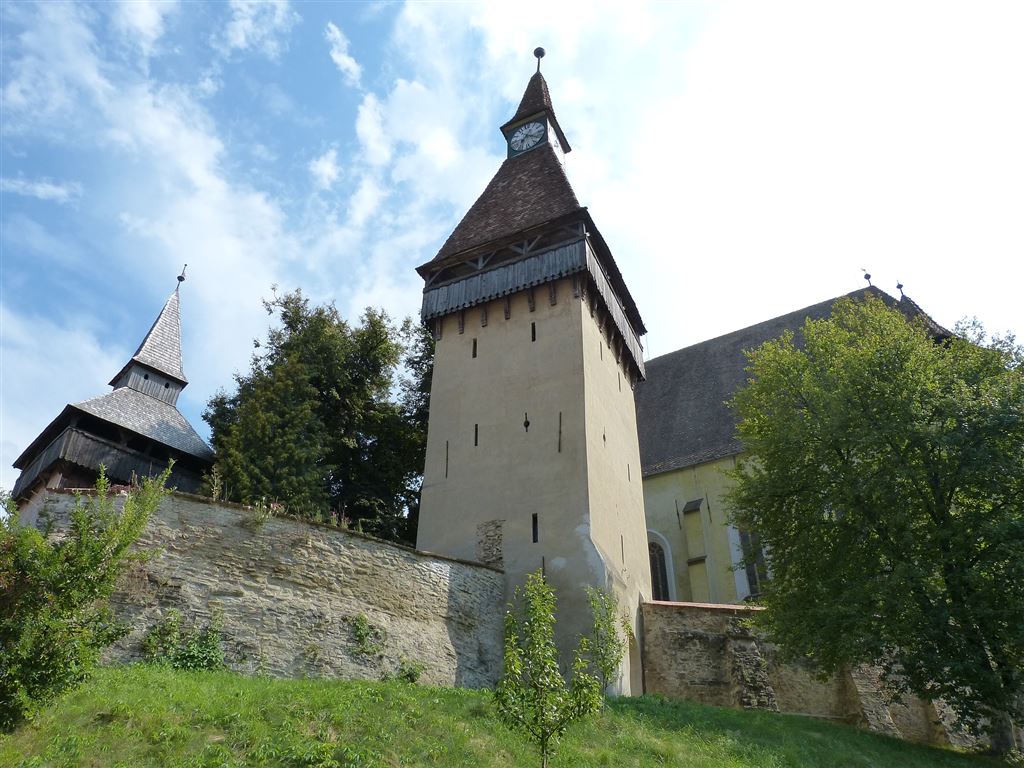
Defensive church strongholds, which are often surrounded by walls with towers and concealing outbuildings, a well (sometimes dug inside the church), a school and living quarters, were raised in Saxony's Transylvania between the 12th and 17th centuries. Many of these unique buildings have been preserved until today. An entry on the UNESCO list brought attention to some of the finest. It is a must to see fortified churches in the villages Biertan, Prejmer, Harman, and Viscri. In the case of Biertan and Viscri, all historic buildings were covered by UNESCO protection. It is worth remembering that there are many more defensive churches in Transylvania and that many of them are not inferior to those mentioned above. To find out, visit the villages of Seica Mica, Mosna, Cisnadie, Cisnadioara, Darjiu, Saschiz, Valea Viilor or Homorod.
Sybin (Sibiu)
-4816.jpg)
Saski Hermannstadt is one of the largest and most exciting cities of Transylvania. A center with several-year-long scientific and cultural traditions. The large, well-preserved old town hides several objects of the highest importance such as the Evangelical parish church and the Old Town Hall or the Brukenthal Palace, housing a magnificent collection of paintings. Dozens of other monuments enhance the medieval urban landscape. While in Sibiu, one must visit one of the most enjoyable open-air museums in * Romania * (and in Europe) - Museum of People's Civilization "ASTRA," located on the southern periphery of the city.
Brasov
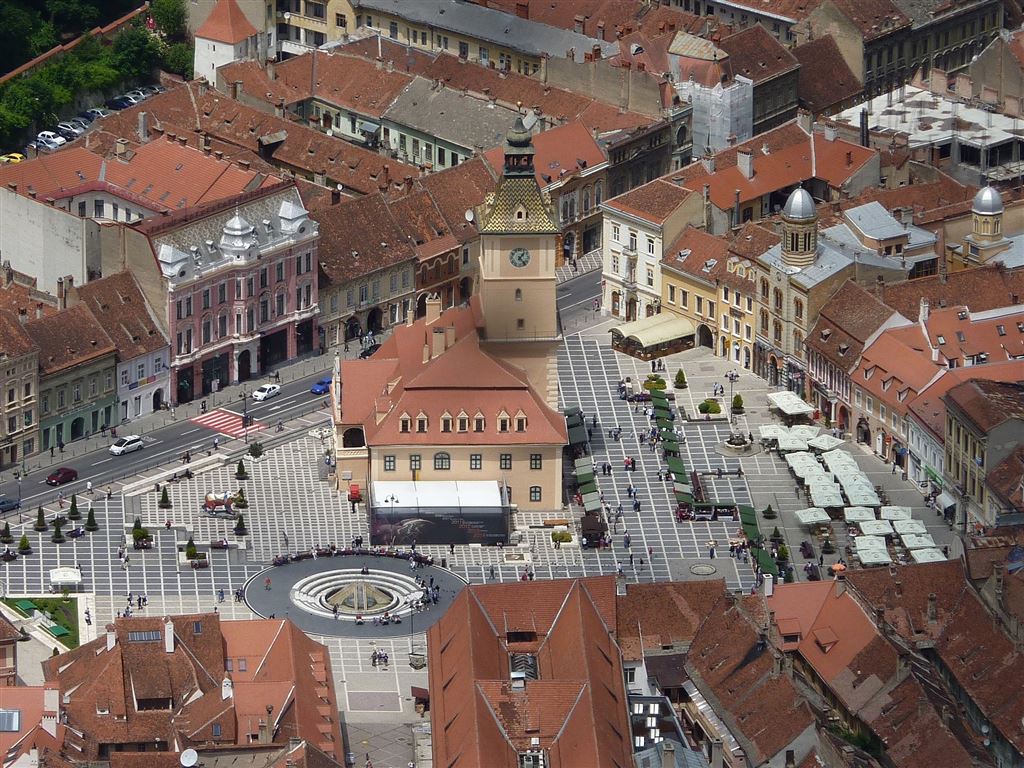
One of the oldest cities in Transylvania has preserved the historic buildings of the old town. The most valuable object of the old town is the late Middle Ages’ The Black Church. Great historical value also has a town hall, which dates back to the fourteenth century. Walking around the city, we find a lot more historic buildings and atmospheric alleys. It is also worth visiting the impressive Ethnographic Museum and take the queue to the Tampa Mountain towering above the city.
Sighisoara
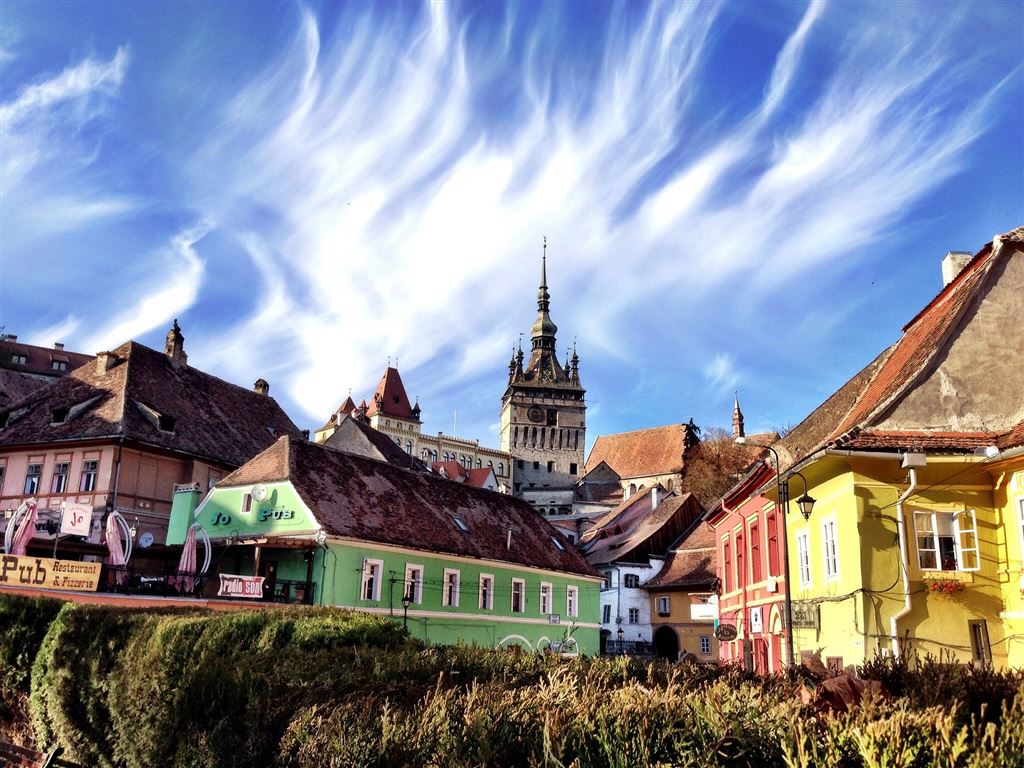
The best preserved Saxon town of Transylvania. Surrounded by walls and towers, the entire medieval old town was added to the UNESCO World Heritage list. The symbol of Sighisoara is the 14th-century Clock Tower; other valuable monuments include the church on the hill, the monastic church, Dracula's house, and the house under the deer. It is worth coming here in the low season, when there are fewer tourists, and in the alleys, you can find that time stopped a few hundred years ago.
Alba Iulia
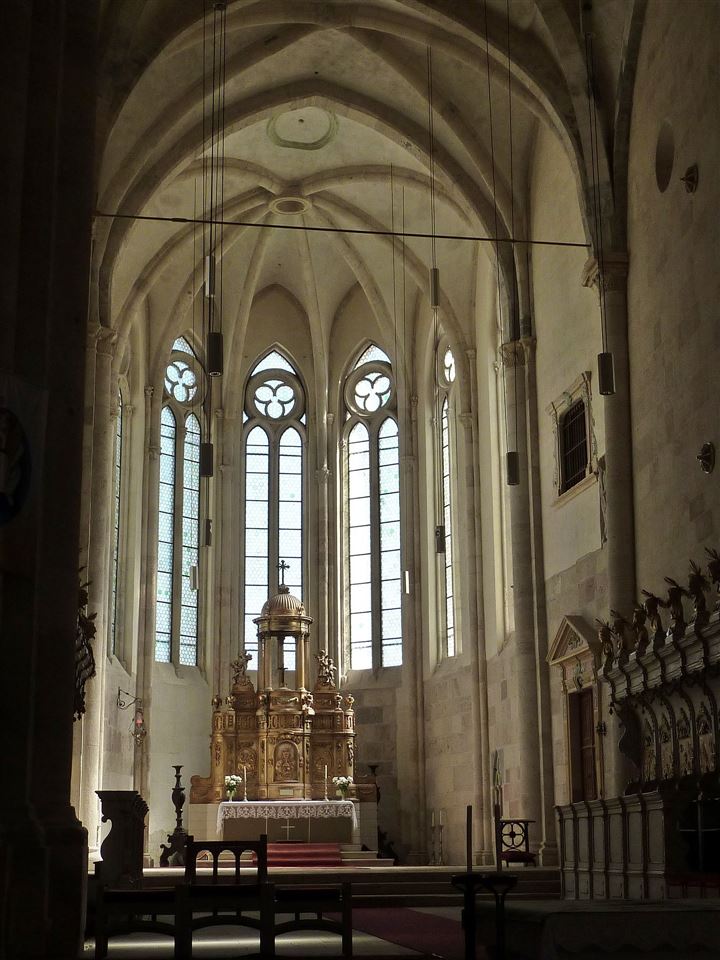
Roman Catholic cathedral of St. Michal in Alba Iulia, built in the middle of the 13th century, is one of the most valuable sacral monuments of Romania. The former capital of the Transylvania Principality is also worth visiting for several other monuments famous for Romanian history; the Ducal Palace, the Union Hall, and the monumental Coronation Council which was a witness to the coronation of King Ferdinand I of Romania (1922).
Cluj-Napoca
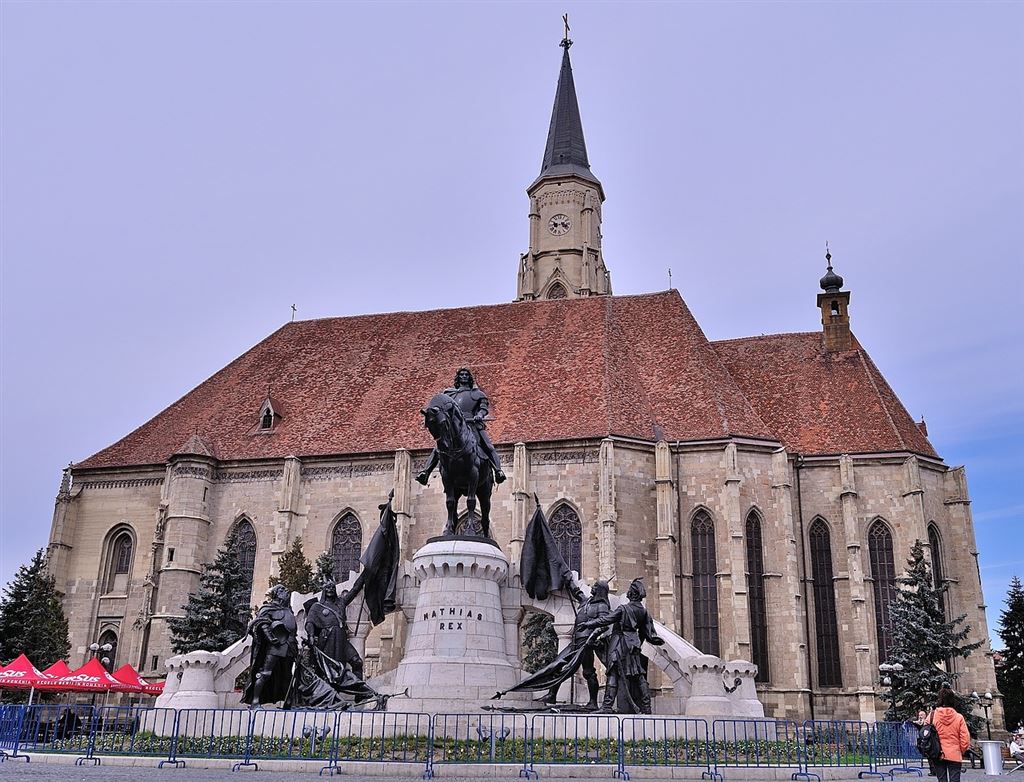
Cluj-Napoca is the capital of Transylvania, its main cultural and academic center, and the most "Hungarian" city of Romania. The Saxons also occupy an important place in its history. Among the numerous monuments, we must first mention the impressive parish church of St. Michal, whose oldest parts date back to the mid-fourteenth century. It is also worth seeing the impressive Calvinist church, the Banffy palace housed at the National Art Museum, the university church (the first Baroque church of Transylvania), and newer ones like the Orthodox cathedral and the church with the Rooster. If you are tired of monuments take a walk through the botanical garden, one of the most beautiful in Europe, and visit a great open-air museum; Romulus-Vuia Ethnographic Park.
Curtea de Arges
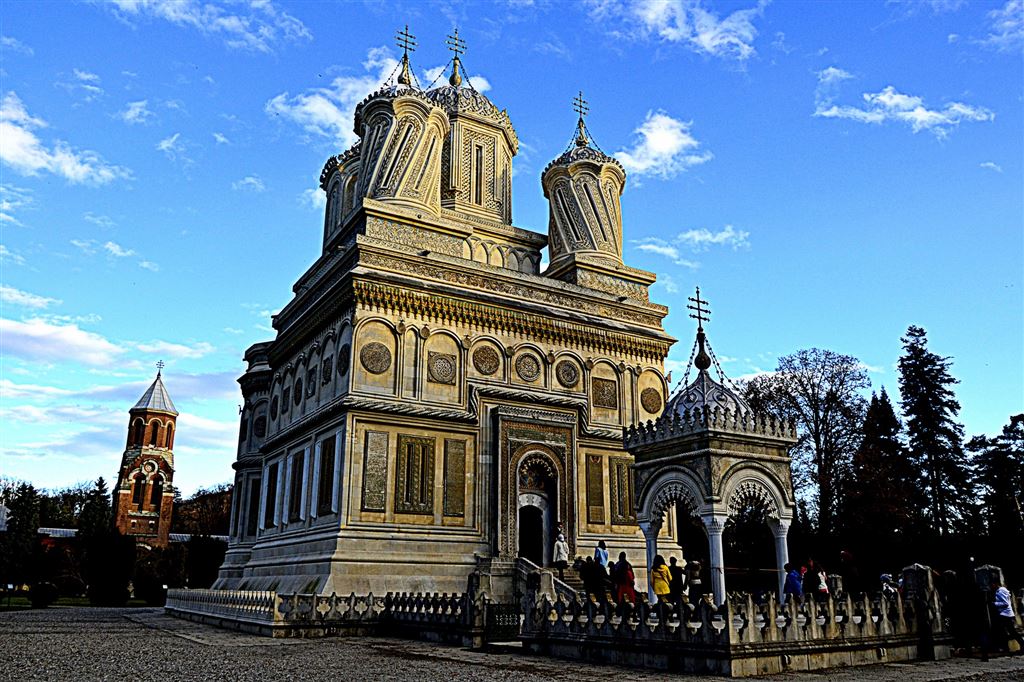
The magnificent monastery church Curtea de Arges was erected in the years 1512-17. It combines all the best in Eastern and Western architecture: Serbian, Turkish and Armenian elements, Gothic refinement and the richness of oriental Arabesque. The temple is one of the most valuable monuments of Wallachia, for centuries inspiring Romanian construction masters operating in the lands of Romania.
Conclusion
As you can see, there are plenty of stunningly beautiful tourist attractions in Romania. However, it is not everything that you can expect. Romanians are very friendly and will great you with full hospitality. You do not need to be afraid to visit this or most Eastern European countries. Additionally, Romania is a relatively inexp[ensive country even by Easter European standards. All you need to do is book your flight ticket, take a backpack and begin your journey to the endless land of meadows, hills, lowlands and monumental churches.